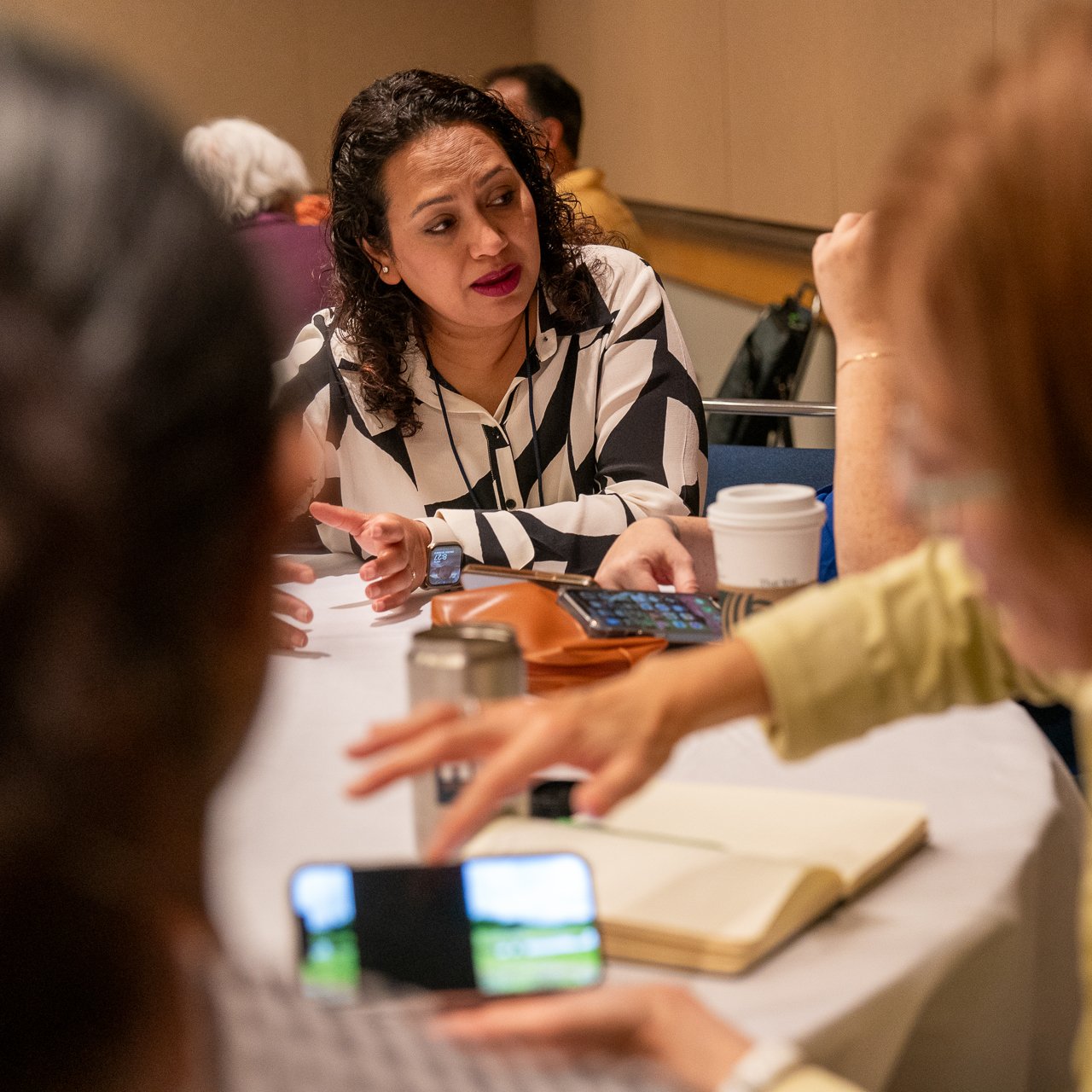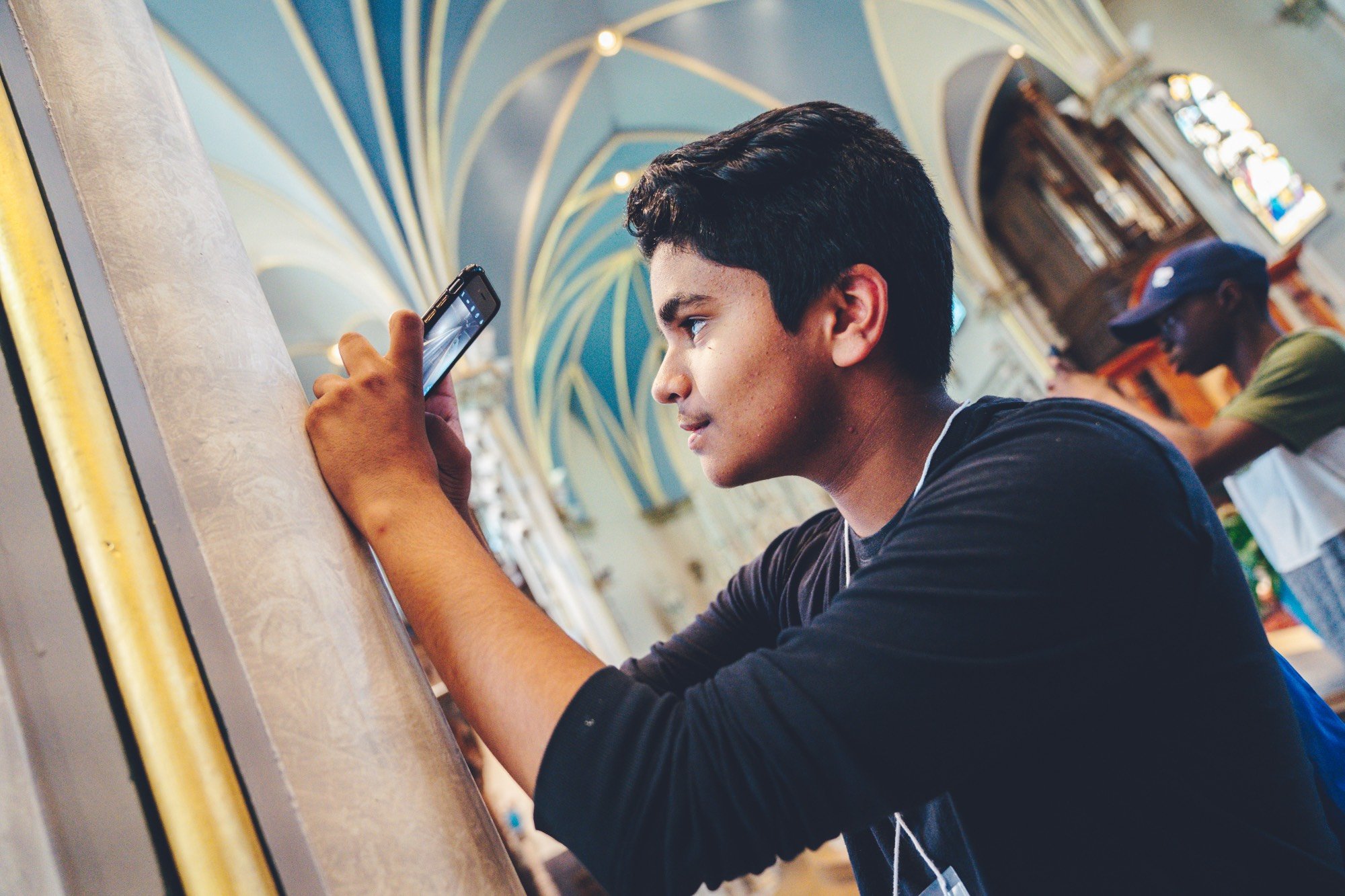Transform your world through the power of visual storytelling.
Strong communities and organizations share a vision for the common good. They embrace religious and spiritual diversity as an asset. Let us help you see deeply, bridge divides, and instigate change.
Schedule a time to explore how Interfaith Photovoice can help you change your community or organization.
“When it’s ‘I took this photo and this is what it meant to me’ or ‘I pulled off the road to do this’ or ‘my kids are in the picture,’ and then you learn about their family or whatever... I feel like you learned a lot more about each other personally.… I could learn all I want about different faiths and what’s different about them—I learned that in college. But it wasn’t until I actually had faces with personal stories, that’s where it really changed me.”
— Dawn (USA)
“So the pictures that we have been going through and discussing in this project made me realize that we have to evaluate personal stories. Yes we are different, and yet we have a lot in common. And that displays the beauty of diversity.”
— Nusaiba (Oman)
It definitely helped me see some of the challenges that the Muslim participants mentioned . . . I think that’s something that I really gained from this project, because it’s just not a lens that I had. I studied diversity, but actually hearing people’s experiences and how enmeshed they are in the structure of the community was really eye-opening.
— Emma (Canada)
“Interfaith Photovoice is a new way, a new approach to addressing an issue. And I think this is very practical—for me, it’s more practical than lots of sessions of theories and lectures. They are informative, but I believe it sinks into the psyche when you see pictures.”
— Levi (Nigeria)








